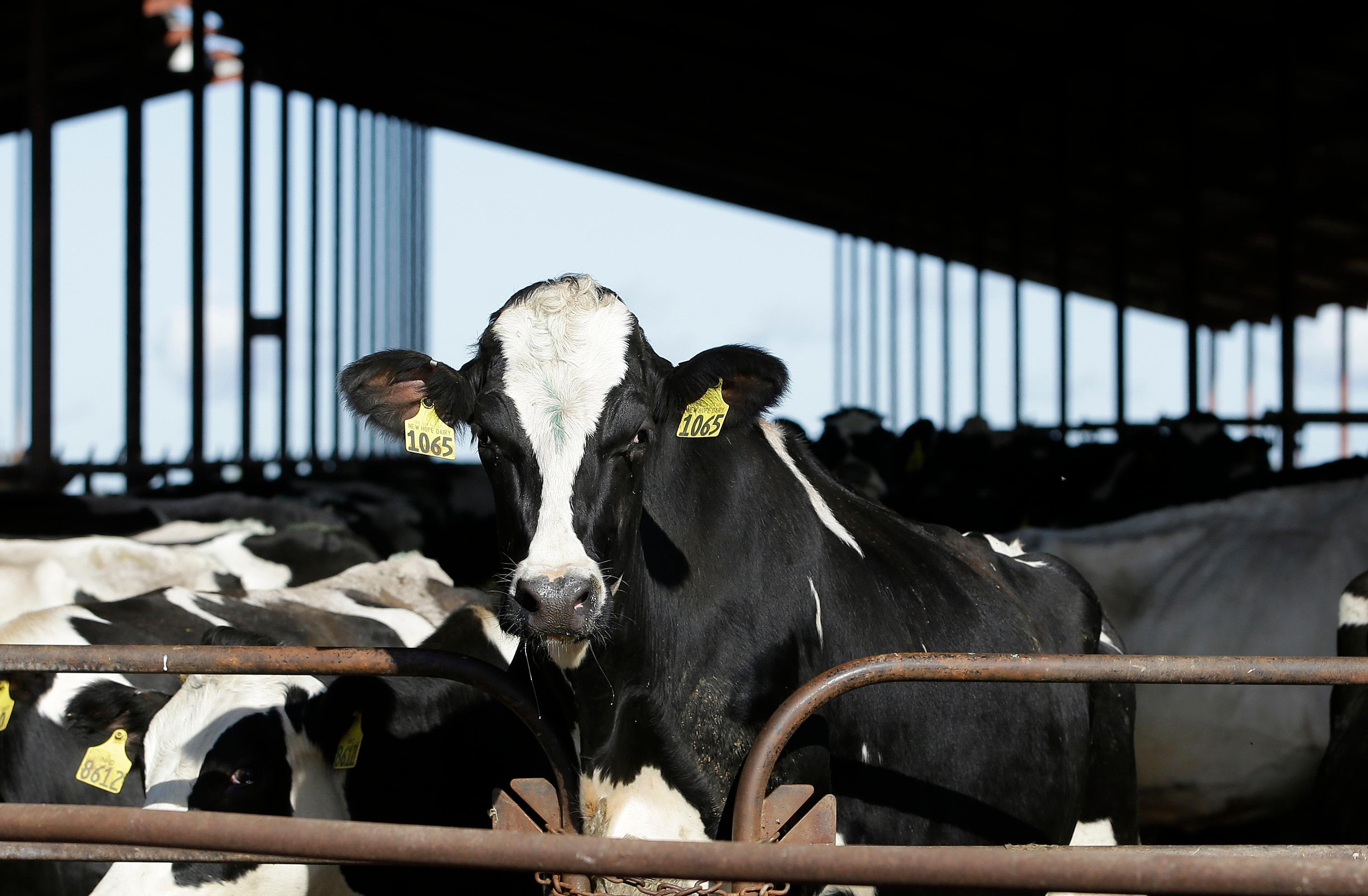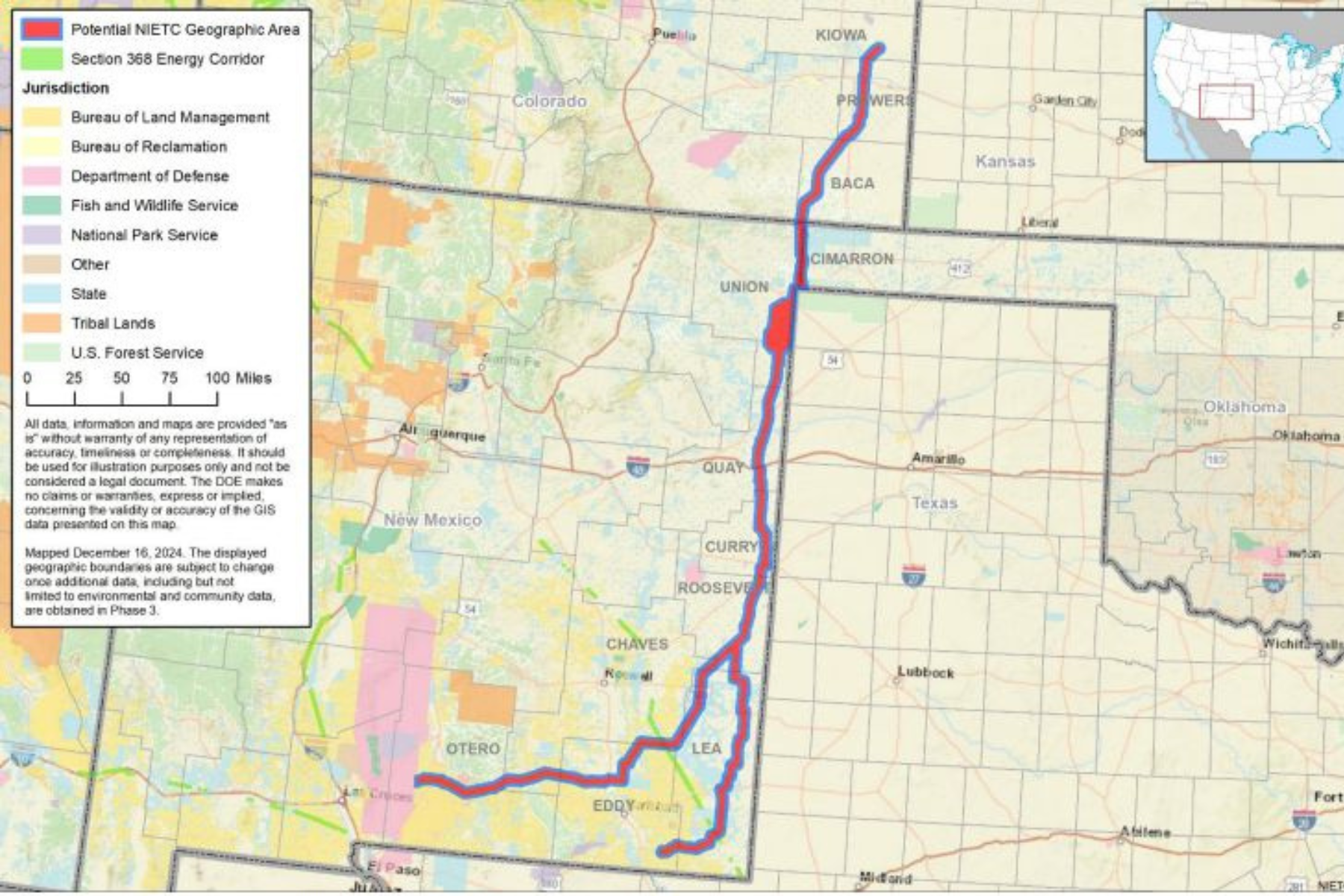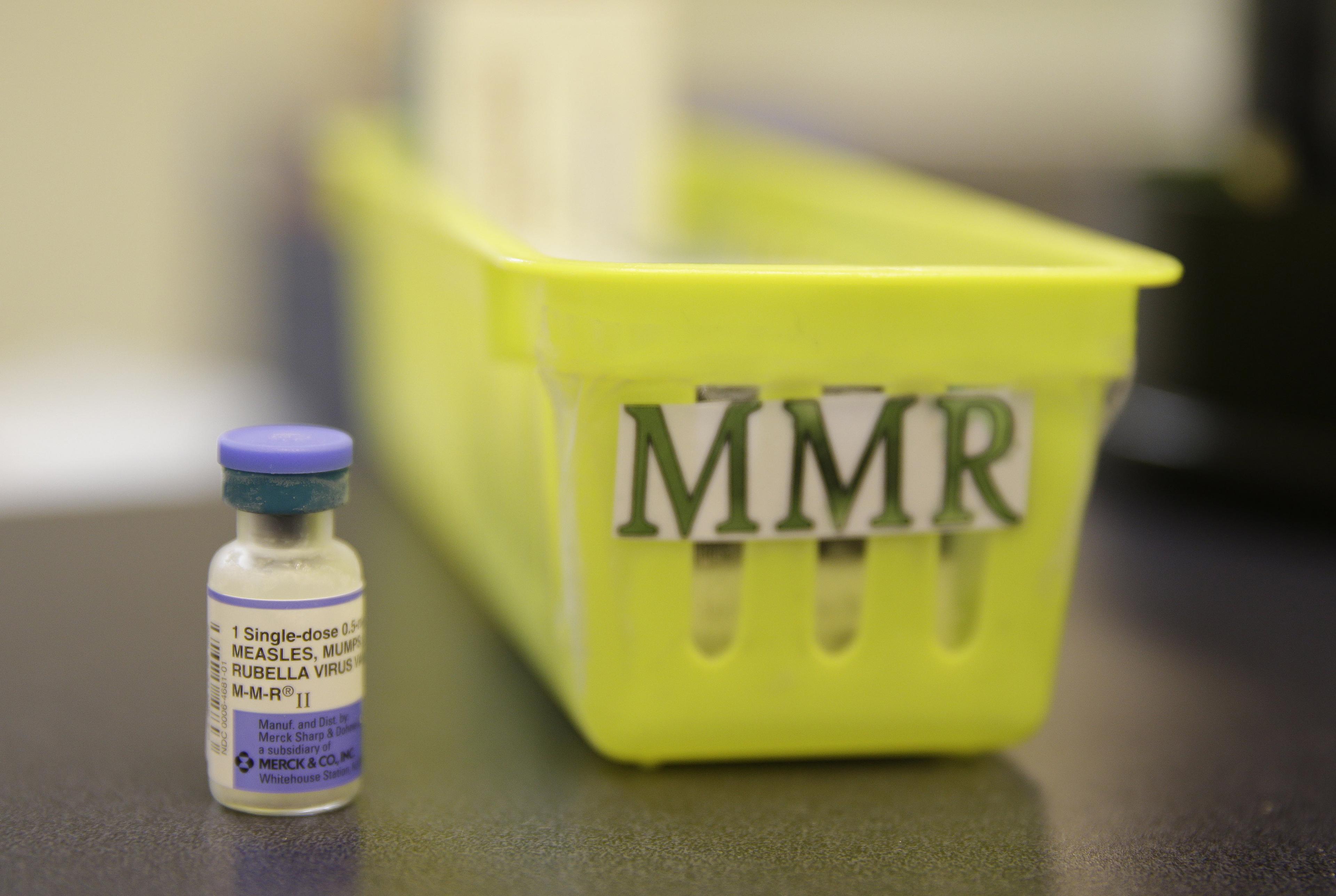
Updated on July 3, 2024, at 7:53 p.m.
The state health department identified a human case of avian influenza H5 infection as the virus has put more than two dozen dairy cattle herds under quarantine.
An employee at a dairy farm in northeast Colorado who had direct exposure to dairy cattle with avian flu had a case of conjunctivitis, or pink eye, which he reported to state health officials. The Colorado Department of Public Health Environment, with the Centers for Disease Control and Prevention and the Colorado Department of Agriculture, tested the man for influenza. Specimens were also sent to the CDC for additional testing, which confirmed he was positive for avian flu.
The man was given an antiviral treatment and has recovered.
“Our partnership with the Colorado Department of Agriculture has been crucial in disseminating information to dairy farmers across the state,” said Jill Hunsaker Ryan, the state health department’s executive director, in an emailed statement. “Coloradans should feel confident that the state is doing everything possible to mitigate the virus.”
The CDC said the new confirmed case of avian flu in humans underscores its recommended precautions for people who may be exposed to infected animals. People with close or prolonged, unprotected exposures to infected birds or other animals including livestock, or to environments contaminated by infected birds or other animals, are at greater risk of infection.
“The risk to most people remains low. Avian flu viruses are currently spreading among animals, but they are not adapted to spread from person to person. Right now, the most important thing to know is that people who have regular exposure to infected animals are at increased risk of infection and should take precautions when they have contact with sick animals,” said Dr. Rachel Herlihy, Colorado’s state epidemiologist in a statement.
There have been three other cases of avian flu in humans with the outbreak of the virus in dairy cattle that was first reported in the U.S. in March. One case was reported in Texas and two cases in Michigan.
“Like three of the previous cases, the symptoms are restricted to the conjunctiva. One of the previous cases had conjunctivitis plus a cough,” said Dr. John Swartzberg, a clinical professor emeritus and expert in infectious diseases, at UC Berkeley. “This case does not alarm me as the person only had involvement of his conjunctiva.”
Swartzberg said the receptor site of the virus is found in both the udders of cows and our conjunctiva.
According to the Colorado health department, the last human detection of H5N1 in Colorado was in 2022 in someone who was exposed to infected poultry.
Colorado currently has the most cases of the virus in dairy cattle, but the state is actively testing for it. It’s unclear how many other states are doing the same.
All confirmed cases of avian flu in cattle have been in northeast Colorado. About a quarter of the state’s dairies have confirmed cases. Colorado has 105 licensed dairy facilities, 27 of which have been affected by the avian flu outbreak as of Tuesday, according to the state health department.
With more cases popping up, public health experts said enhanced surveillance is critical.
Finding human cases of avian influenza isn’t easy – it requires cooperation between the state health department and the department of agriculture, dairy farm owners and workers, said Elizabeth Carlton, an epidemiologist at the Colorado School of Public Health, via email. By determining where cases are occurring, health officials can understand how the virus is spreading and identify populations at risk.
“This case was in a person with exposure to cattle infected with avian influenza. This means this is likely another animal-to-human spillover event, akin to what was seen in the prior cases,” Carlton said. “Risk to the general public still remains low.”
But she said detection is key. “It seems like Colorado has a system to detect human cases. I expect, due to this, we may see more cases in the weeks to come,” she said. “It is very important we continue to promote reporting symptoms, testing and treatment, so that we can continue to understand when and how human cases are occurring.”
Given reports of the number of cases rising in dairy cattle and other animals in Colorado and elsewhere, Dr. Lee Newman, a pulmonologist and distinguished professor at the Colorado School of Public Health said it shouldn’t be a surprise that bird flu is infecting dairy workers.
“If we were doing systematic monitoring of the workers, we'd probably find that there are more cases. We know it can occur,” he said.
“We've seen transmission that's gone with the cows, cats who are drinking the milk, where we have now a couple of human cases, not spreading human to human, but (via) contact with the birds and with the mammal,” he said. “It presents a risk, and what clearly needs to happen is for there to be more systematic monitoring of the health and safety of the workers on the front line.”
Federal initiatives, like the USDA Support and Voluntary Dairy Herd Status Programs, are continuing to see new enrollments by herds and states across the country, including in Colorado, according to a USDA spokesperson, via email.
“The agency is encouraging testing in every way possible and is providing more ways to do so,” the spokesperson said. “We want to learn more about the spread of H5N1 in dairy cattle, detect where it is, and contain the virus to prevent further spread.”
In April, USDA announced a federal order that mandates testing before the interstate movement of lactating dairy cattle. It also mandates reporting of positive influenza A test results in livestock.
Additionally, the department said it’s using the latest scientific data to learn about the virus and to quickly contain it. On May 10, USDA announced several financial assistance options for producers with affected herds to help them pay for:
- Biosecurity plans, training, audits and in-line sampler for milk system.
- Veterinary costs to test and treat animals that become ill.
- Shipping costs to send samples to the National Animal Health Laboratory Network.
- Personal protection equipment (PPE) like goggles, face shields, gloves, and boot covers, or to launder coveralls.
- Safely dispose of milk from sick cows.
- As of July 3, 2024, two dozen herds, including 2 in Colorado, are participating in the USDA Support Program for producers, according to the agency. The latest figures can be found here: Detections of Highly Pathogenic Avian Influenza (HPAI) in Livestock (usda.gov).
Editor's note: This article has been updated to more accurately state symptoms.









